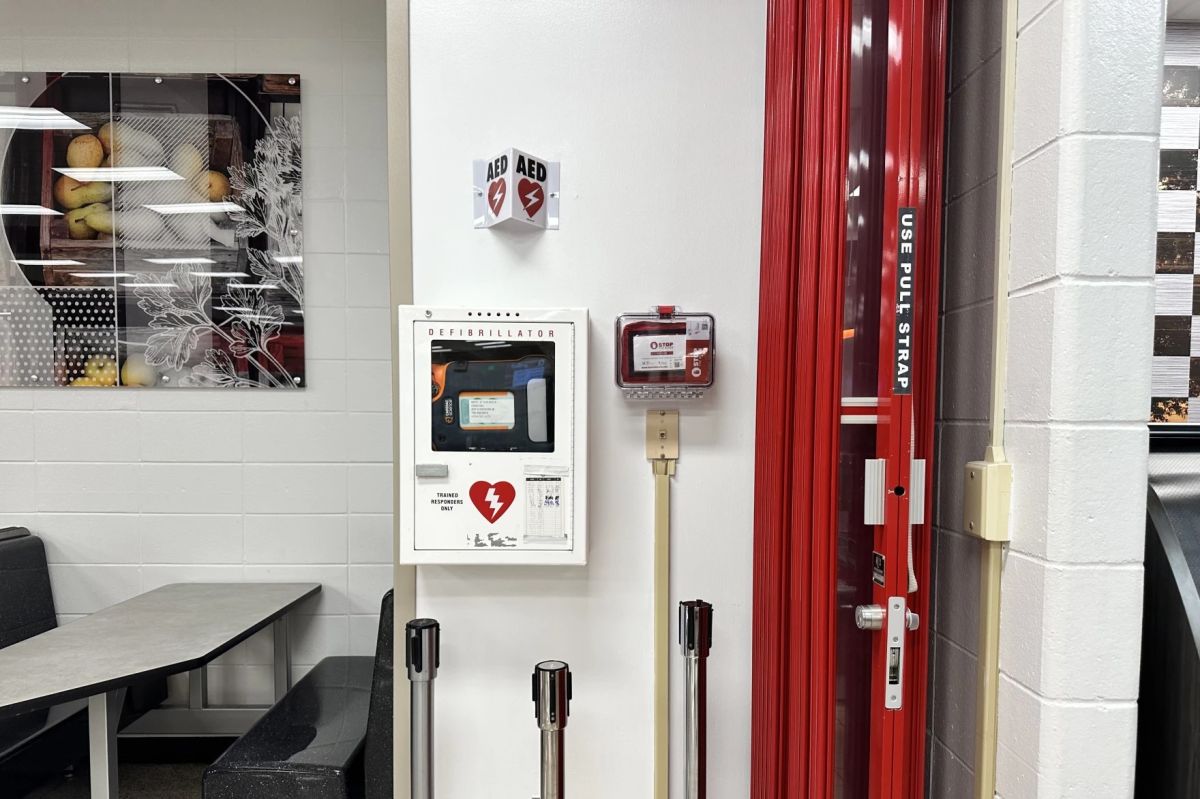As schools increasingly prioritize safety, the importance of having a robust Automated External Defibrillator (AED) program cannot be overstated. Ensuring that AEDs are accessible and that staff are trained on their use is crucial in creating a safe educational environment. Here are some best practices for implementing effective AED programs in schools:
- Strategic Placement of AEDs: AEDs should be easily accessible, with clear signage. Placing them in high-traffic areas such as gyms, cafeterias, and main hallways ensures they can be quickly retrieved in an emergency.
- Regular Training and Drills: Continuous training for staff and older students is vital. It’s not enough to train once; regular drills and refresher courses should be conducted to keep everyone’s skills sharp.
- Maintenance Checks: AEDs need regular maintenance checks to ensure they are in working order. This includes checking battery life, electrode pad expiration, and software updates.
- Clear Communication Channels: Establish a clear protocol for what happens in an emergency, including who is responsible for fetching the AED and who should call emergency services. Effective communication can save precious minutes.
- Community Engagement: Engage the school community by providing information sessions for parents and guardians. Awareness can extend beyond the school grounds, promoting a culture of safety.
- Legal Compliance: Ensure compliance with state laws regarding AEDs in schools. This might include mandatory placement and training requirements.
Conclusion.
Implementing an AED program in schools is about creating a culture of safety and preparedness. With these best practices, schools can ensure that they are ready to respond effectively to cardiac emergencies, potentially saving lives.
By promoting a thorough understanding and implementation of these practices, schools can enhance their emergency preparedness and ensure that both students and staff are protected in critical situations.



Leave A Comment